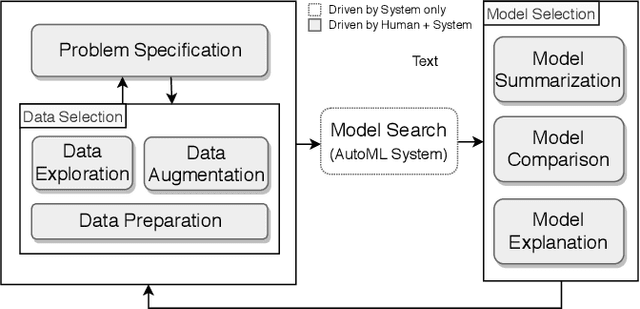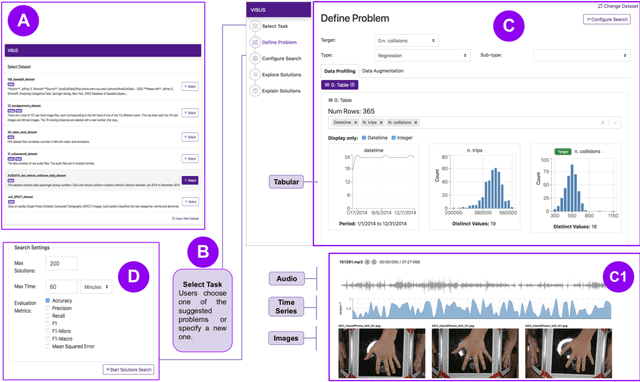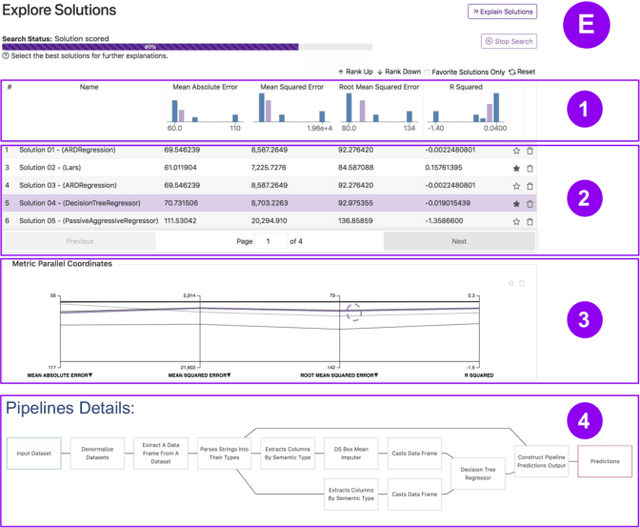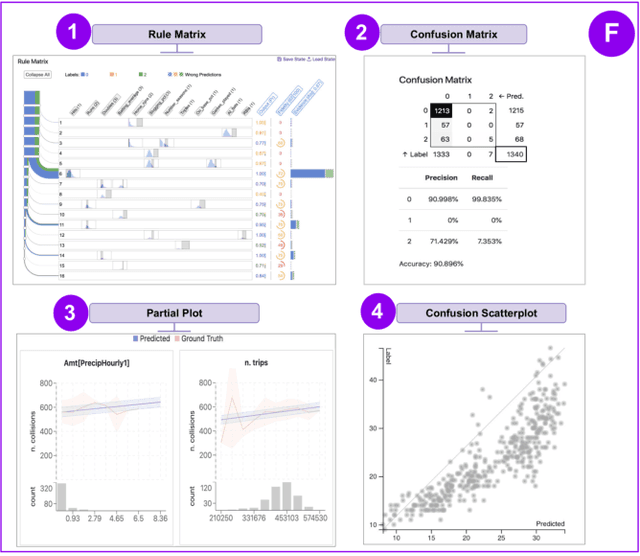Sungsoo Hong
Aligning Eyes between Humans and Deep Neural Network through Interactive Attention Alignment
Feb 06, 2022



Abstract:While Deep Neural Networks (DNNs) are deriving the major innovations in nearly every field through their powerful automation, we are also witnessing the peril behind automation as a form of bias, such as automated racism, gender bias, and adversarial bias. As the societal impact of DNNs grows, finding an effective way to steer DNNs to align their behavior with the human mental model has become indispensable in realizing fair and accountable models. We propose a novel framework of Interactive Attention Alignment (IAA) that aims at realizing human-steerable Deep Neural Networks (DNNs). IAA leverages DNN model explanation method as an interactive medium that humans can use to unveil the cases of biased model attention and directly adjust the attention. In improving the DNN using human-generated adjusted attention, we introduce GRADIA, a novel computational pipeline that jointly maximizes attention quality and prediction accuracy. We evaluated IAA framework in Study 1 and GRADIA in Study 2 in a gender classification problem. Study 1 found applying IAA can significantly improve the perceived quality of model attention from human eyes. In Study 2, we found using GRADIA can (1) significantly improve the perceived quality of model attention and (2) significantly improve model performance in scenarios where the training samples are limited. We present implications for future interactive user interfaces design towards human-alignable AI.
Visus: An Interactive System for Automatic Machine Learning Model Building and Curation
Jul 05, 2019



Abstract:While the demand for machine learning (ML) applications is booming, there is a scarcity of data scientists capable of building such models. Automatic machine learning (AutoML) approaches have been proposed that help with this problem by synthesizing end-to-end ML data processing pipelines. However, these follow a best-effort approach and a user in the loop is necessary to curate and refine the derived pipelines. Since domain experts often have little or no expertise in machine learning, easy-to-use interactive interfaces that guide them throughout the model building process are necessary. In this paper, we present Visus, a system designed to support the model building process and curation of ML data processing pipelines generated by AutoML systems. We describe the framework used to ground our design choices and a usage scenario enabled by Visus. Finally, we discuss the feedback received in user testing sessions with domain experts.
 Add to Chrome
Add to Chrome Add to Firefox
Add to Firefox Add to Edge
Add to Edge